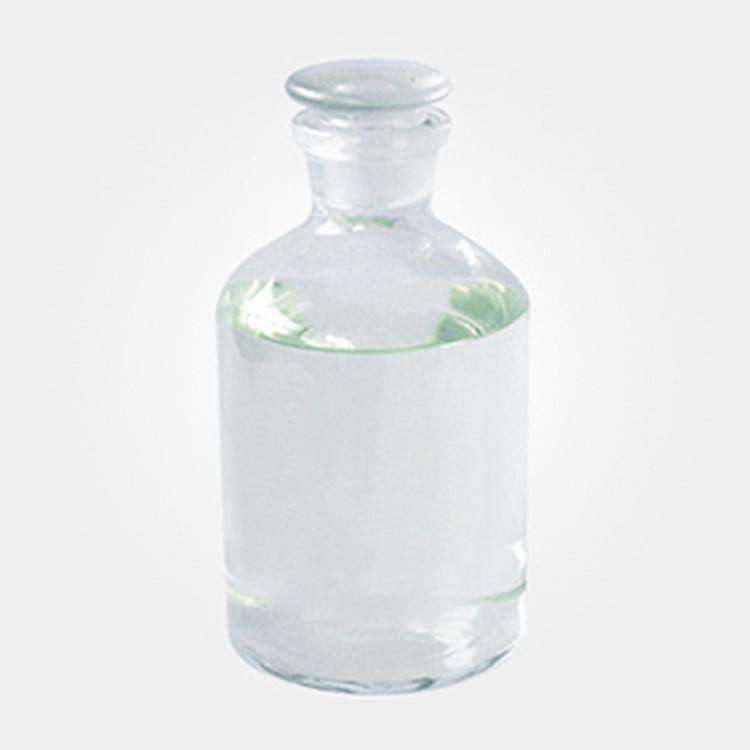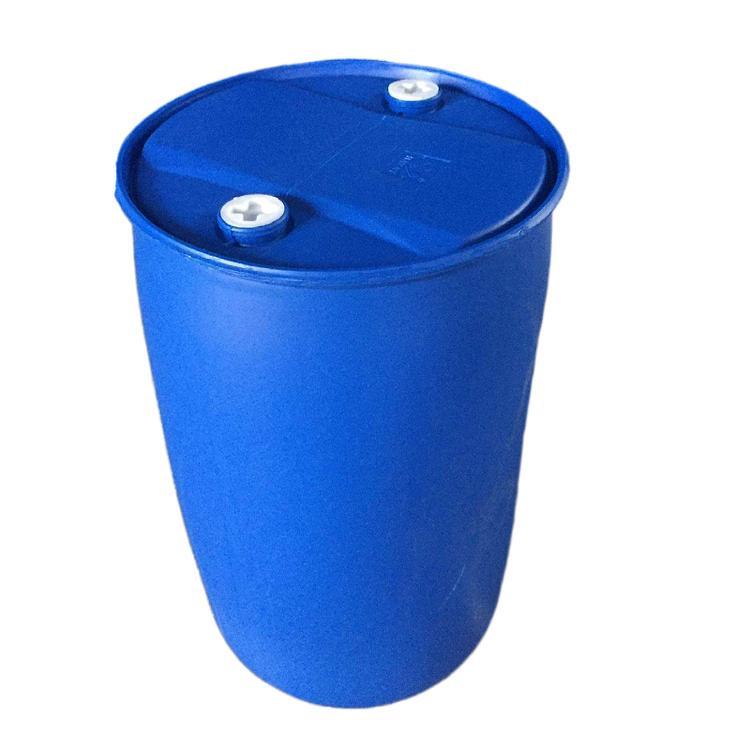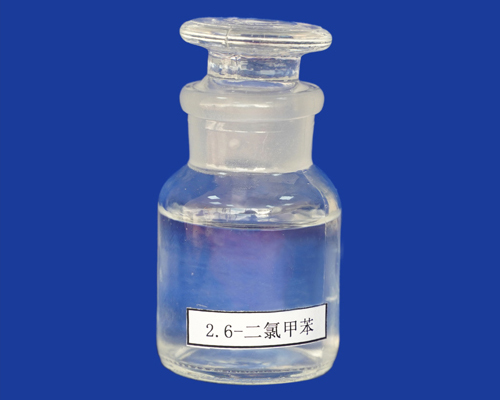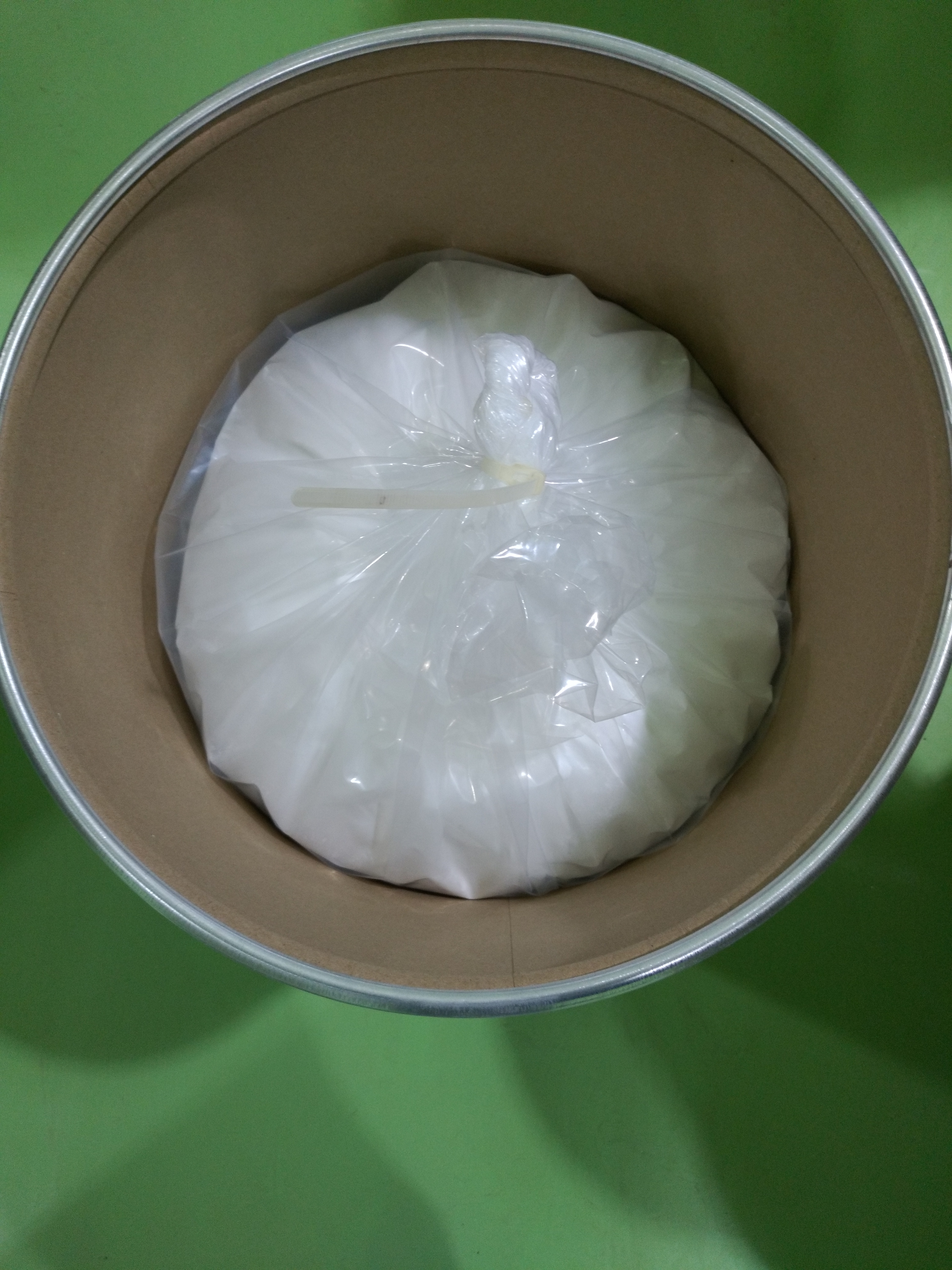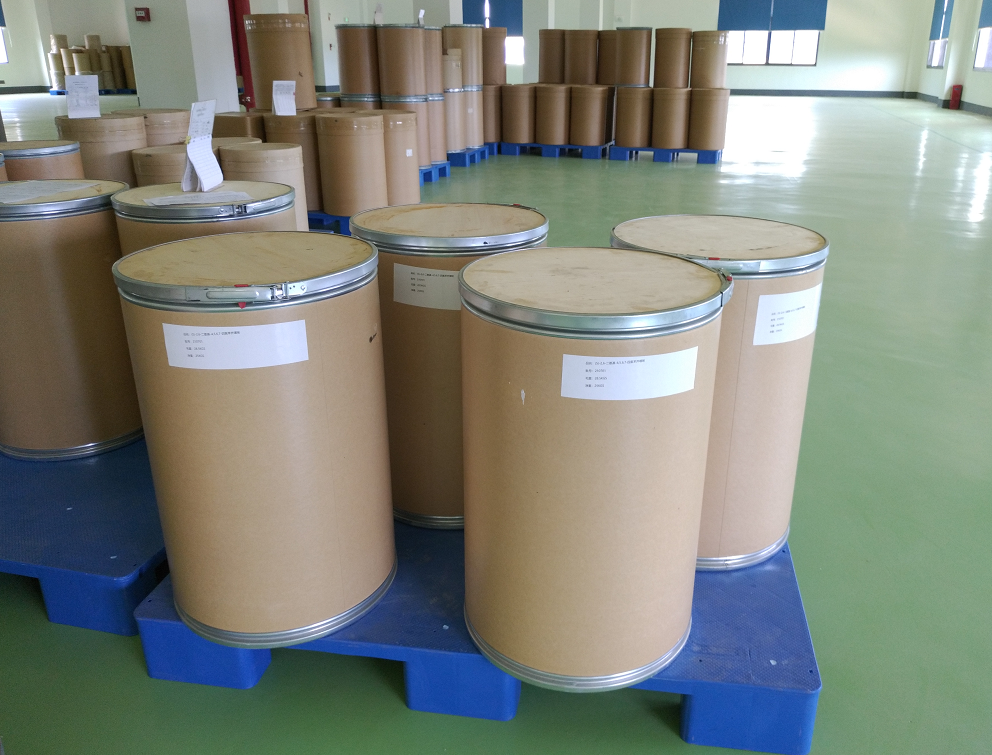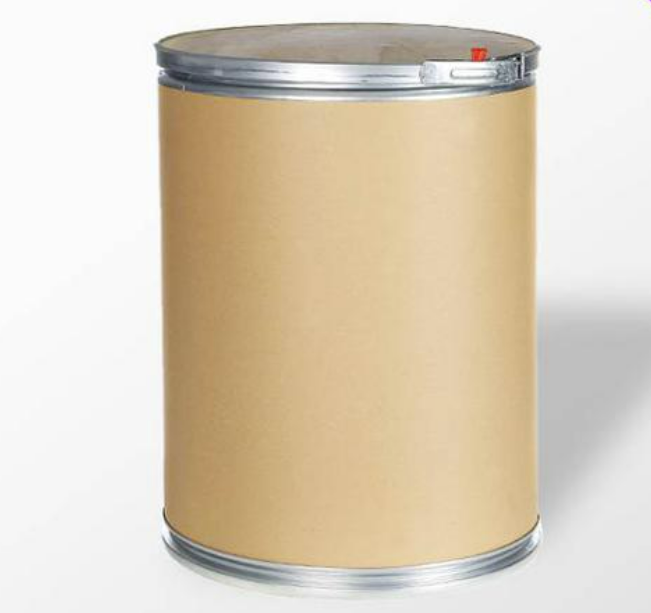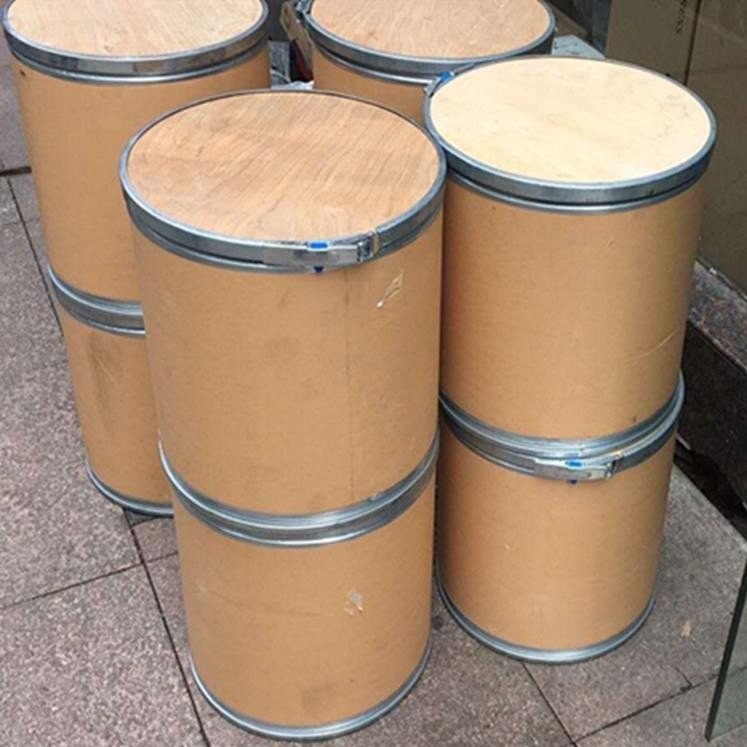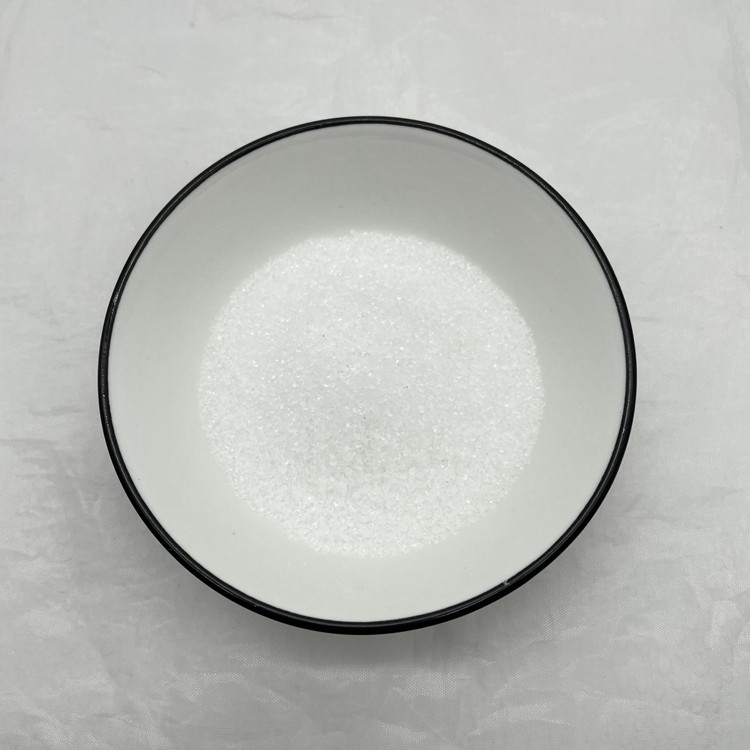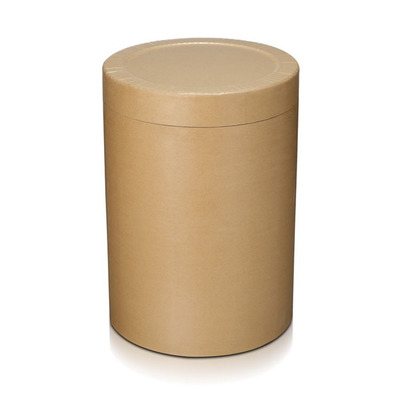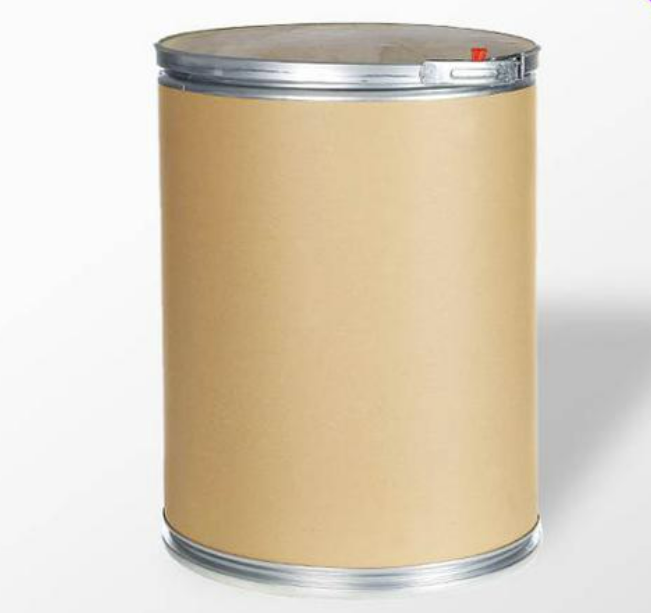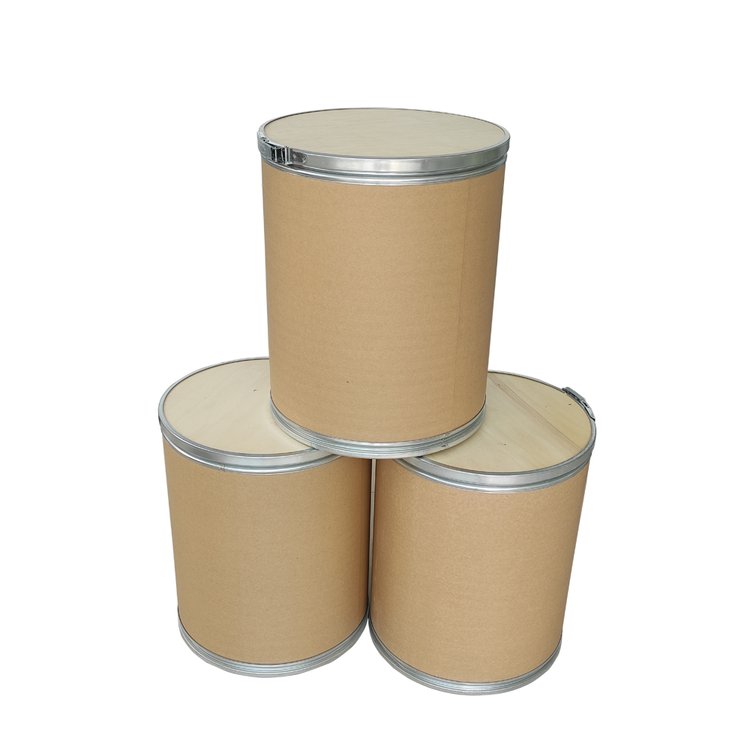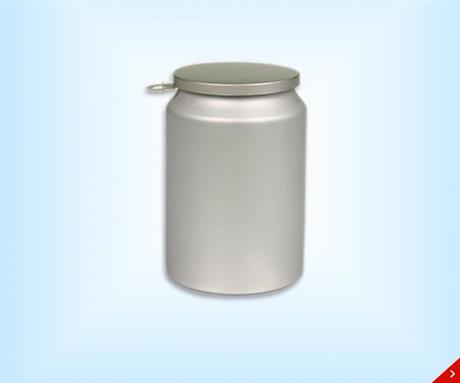Pharmaceutical Raw Materials
Veterinary API
Antiallergic Drugs
Hormones and Endocrine Drugs
Drug Metabolism
Pharmaceutical Intermediates
Synthetic Anti Infective Drugs
Specialty Drugs
Vitamins and Minerals Medicines
Feed Drug Additive
Antineoplastic Agents
Nervous System Drugs
Respiratory Drugs
Diagnostic Agents
Anti Stress Drugs
Antipyretic Analgesics
Antiparasitic Drugs
Circulatory System Drugs
Biochemicals
Blood System Drugs
Immune System Medication
Pharmaceutical Excipients
Fluid, Electrolyte, and Acid-Base Balance
Urinary System Drugs
Antibiotics
Anesthetic Agents
Inhibitors
Other Chemical Drugs
Digestive System Drugs
CAS:118-69-4
Molecular Formula:C7H6Cl2
Alias
More Information
2,6-Dichloro-Toluen; 2,6-Dct; 2,6-Dichlorotoluene For Synthesis; 2,6-Dichlor-Toluol; Toluene,2,6-Dichloro; Benzene,1,3-Dichloro-2-Methyl; Dichlorotoluene Mixture; 2,6-Dichloro-Toluene; 1,3-Dichloro-2-Methylbenzene; 1,3-Dichloro-2-Methyl-Benzen; Benzene, 1,3-Dichloro-2-Methyl-; 2,5-Dichlorobenzyl Cyanide; 1,3-Dichloro-2-Methyl-Benzene
Brief Introduction
1,3-Dichloro-2-methyl-benzene is a useful synthetic intermediate. It can be used to prepare aryloxymethyl-substituted dibenzo[b,f]azocines as potential protein kinase A inhibitors. It can also be used to prepare dimethylglycine sulfonamides as potential bradykinin hB2 receptor antagonists.
Suppliers
View More Vendors (3) >
CAS:119-67-5
Molecular Formula:C8H6O3
Alias
More Information
2-Formylbenzoic Acid; Phthalaldehydic Acid; Benzaldehyde-2-Carboxylic Acid
Brief Introduction
2-Carboxybenzaldehyde is a carboxylated derivative of benzaldehyde which is readily converted to 2-hydroxymethyl benzoic acid by CBA dehydrogenase. 2-Carboxybenzaldehyde is a metabolite of ampicillin phthalidyl ester.
Suppliers
View More Vendors (3) >
CAS:1193-21-1
Molecular Formula:C4H2Cl2N2
Alias
More Information
4,6-Dichloro-1,3-Diazine; Pyrimidine,4,6-Dichloro; 4,6-Dichlorpyrimidin; 4,6-Dichloropyrimidne; 4,6-Dichloro-Pyrimidine; Pyrimidine, 4,6-Dichloro-; Iflab-Bb F2124-0077; 4 6-Dichloropyrimidine; 4,6-Dichoropyrimidine; Pyrimidine, 4,6-Dichloro- (7Ci,8Ci,9Ci)
Brief Introduction
This product is a white crystal, which will turn yellow brown when stored. It is soluble in toluene and other solvents. It is an intermediate of fungicide azoxystrobin. It is also used as a pharmaceutical intermediate in the production of sulfa-6-methoxypyrimidine.
Suppliers
View More Vendors (3) >
CAS:120-14-9
Molecular Formula:C9H10O3
Alias
More Information
3,4-Dimethoxybenzaldehhyde; 3,4-Dimethoxybenzaldehyd; P-Veratricaldehyde; Veratraldehyd; 3,4-Dimethoxy Benzaldehyde; Veratrylaldehyde; Veratric Aldehyde
Brief Introduction
The product is an organic synthetic intermediate. The pharmaceutical industry is used to synthesize the drug methyldopa, and also to produce the veterinary drug sulfanilamide synergist Dijunjing. 02% (by weight) of this veterinary drug was added into the feed to enhance the efficiency of iodamine added in the feed, which was used to control poultry bacterial infection.
Suppliers
View More Vendors (3) >
CAS:120511-72-0
Molecular Formula:C15H18N2
Alias
More Information
3,5-Bis(2-Cyanoisopropyl)Toluene(Foranastrozole); Pentamethyl-1,3-Benzenediacetonitrile; 2,2'-(5-Methyl-1,3-Phenylene)Di(2-Methylpropanenitrile); 2,2-(5-Methyl-1,3-Phenylene)-Bis-(2-Methyl-Propionitrile); α,α,α',α'-Tetramethyl-5-Methyl-1,3-Benzenediacetonitrile
Brief Introduction
3,5-Bis(2-Cyanoprop-2-yl)Toluene can be used as an intermediate of anastrozole.
Suppliers
View More Vendors (3) >
Inquiry (
10
/ 10
)
Clear All
Sign In
Error!

